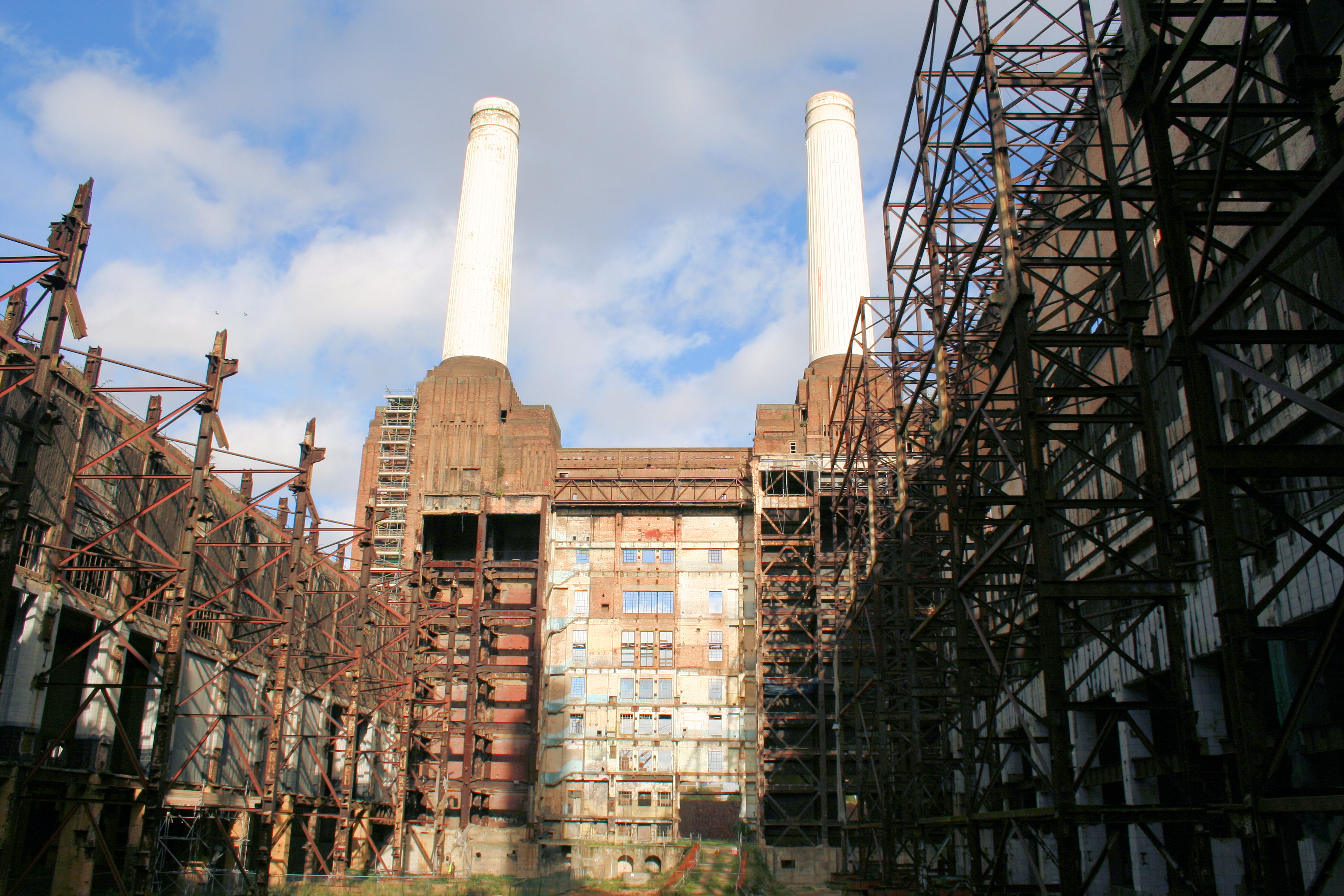watchnerd
Grand Contributor
If operated within their optimal operating envelope, should one expect an audible difference between solid state class A and tube class A into real world, non-pathological speaker loads?
It depends on the specifics of the circuit design. It's possible to make a good or bad design in almost any configuration. It's easier & cheaper to make a good amp with modern electronics.
IMO - Tubes are "dumb" (for the last 50 or 60 years) except maybe if you are guitar player and you like the way the particular amp sounds when overdriven into distortion. And class-A power amplifiers are also "dumb". It's OK for a preamp or other low-power circuit where power output and power efficiency are not important.
Theoretically, you should be able to build Class A amps used any active device such that they are measurably identical and sound identical. The active device (BJT, FET, tube) should not be audible if done perfectly.If operated within their optimal operating envelope, should one expect an audible difference between solid state class A and tube class A into real world, non-pathological speaker loads?
most probably no audible differences.If operated within their optimal operating envelope, should one expect an audible difference between solid state class A and tube class A into real world, non-pathological speaker loads?
Theoretically, no. In reality, yes.If operated within their optimal operating envelope, should one expect an audible difference between solid state class A and tube class A into real world, non-pathological speaker loads?
Class A triode push-pull was popular in the early days of hi-fi and theater, for the relatively low distortion. You don't see it much anymore.I would kind of doubt it.
That said, the only vacuum tube amplifiers here that operate in Class A are all single-ended. Thesoiled statesolid state Class A amplifiers here are push-pull.
The harmonic content of the distortion from those two topologies will differ. Audible? Depends.
My J2 has a mu follower output stagesolid state Class A amplifiers here are push-pull.

Just for clarification, that amp is intended for DIY classroom use. Some people do like the sound of them.You can make a really horrible transistor amp by using a really simple topology. Pretty sure this reaches the realm of "no ABX needed" and worse than some tube amps.


For all the crap we like to throw on tubes, one thing i still believe is that for certain situations and in very low component count topologies, a tube can still have less distortion than a transistor. But of course once you acquire an opamp IC with a gain of 100,000 and you negative-feedback it until gain = 10 and bloody fast bandwidth all thanks to the magic black box circuit inside the chip package, you get an end result where the output voltage tracks very closely to the predictions according to opamp theory. In comparison a tube or transistor on its own becomes "non ideal" very quickly with just small changes of operating conditions, since even a 1% deviation is -40dB.
I wonder how true that is when you intend driving loudspeaker type impedances.For all the crap we like to throw on tubes, one thing i still believe is that for certain situations and in very low component count topologies, a tube can still have less distortion than a transistor.
If frequency response is flat, distortion low, and output impedance is low for both kinds of amplifier, and both are operated well within their power capabilities, then there should be no sonic difference between the two devices.If operated within their optimal operating envelope, should one expect an audible difference between solid state class A and tube class A into real world, non-pathological speaker loads?
A low power SE tube amp can run on 90 watts, a typical 20 watt class A amp takes about 200 watts; so should we put limits on how loud people can play their Class D amps so that they don't exceed that power usage?Why would anyone even bother with such inefficient amplifiers , polar ice caps melting, hottest temperatures ever recorded etc etc.
Keith
I'll start by saying, I don't have strong feelings one way or another. But would a ship load of cheap class A amps be somehow more ecological?don't get me started on how much resources get used making and transporting yet another container ship load of 'cheap' class D amps
Absolutely -- and I hope you join me in imploring those same anyones: please, please -- if you're going to use passive loudspeakers, go high sensitivity.Why would anyone even bother with such inefficient amplifiers , polar ice caps melting, hottest temperatures ever recorded etc etc.
Keith


You can make a really horrible transistor amp by using a really simple topology. Pretty sure this reaches the realm of "no ABX needed" and worse than some tube amps.

...
“It actually sounds good…” with the caveat of not asking too much from the amp
...
I purchased these kits seven years ago to drive high efficiency compression drivers, which are typically rated at over 113 dB/W/m
True. And as I said, that amp is merely a learning tool, you build it yourself as your first amplifier at Pass' Amp Camp.apparently, even that "horrible transistor amp" can sound good. From the linked impressions:
Why would anyone even bother with such inefficient amplifiers , polar ice caps melting, hottest temperatures ever recorded etc etc.
Keith
 web.archive.org
web.archive.org

